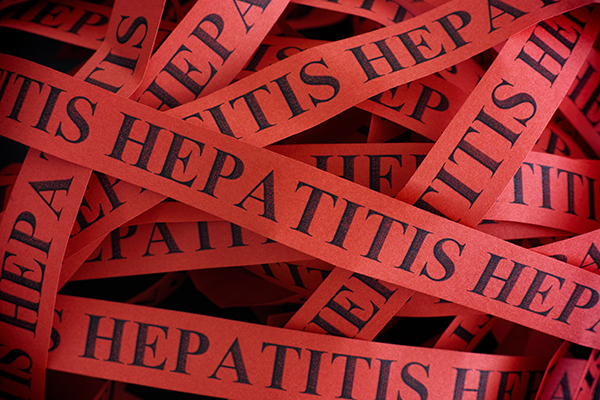Food Poisoning: Responding to a Complaint
In our first blog we covered background on investigations of foodborne illnesses. The SafeBites webinar on October 21st will discuss the process more thoroughly. If you haven’t already registered, registration is still open! In this blog, we offer some suggestions on responding to a direct complaint from a customer who thinks they got sick from eating at your foodservice. Responding to anonymous postings on social media is a whole other subject!
Long before you ever receive that call or email from a guest who thinks the food they consumed at your operation made them sick, obtain or prepare an intake form to guide the conversation with the customer. Most health inspectors or restaurant associations have a form that foodservice managers can use to collect information. Ideally, a designated staff member is charged with this responsibility to ensure continuity with those involved in the incident, as well as consistent actions and messages. It is helpful if this person has a good working relationship with the health inspector, as some of the information taken may be useful in an investigation of widespread outbreaks.
Long before you ever receive that call or email from a guest who thinks the food they consumed at your operation made them sick, obtain or prepare an intake form to guide the conversation with the customer.
Recognize the person calling may be upset, so stay calm and request the information that will help pin point the potential problem. Ask them their name and contact information; when they ate at the location (date and time); what they ate and drank; number in their party; what food they suspect caused their illness; symptoms experienced and duration; medical treatment obtained; and name of healthcare provider. If they are still experiencing symptoms, tell them to obtain a stool sample.
Thank them for the contact and promise to investigate. Then do so and follow up after the investigation is completed! Check with staff working the day of the reported incident to see if any were feeling ill. Check storage and production records to ensure there was no temperature abuse of any food. If possible, isolate the suspected food item. Check purchasing records to determine source of the food. If there are multiple calls with similar symptoms and circumstances, contact the local health inspector. It is much better to work with them as an ally, rather than them coming in as your adversary. In many cases, the health department can get a head start on testing samples if you are working closely with them to mitigate the problem and ensure public health. The operation’s legal consultant and insurance agent should also be informed of the situation.
Having the records available assists the management team in demonstrating that reasonable care was taken through the flow of food within the operation to control for any risks. The “paper trail” documents that reasonable care actions were communicated to staff (through SOPs and other written procedures) and were taken, as evidenced by cooking and storage logs. Without such documentation, reconstruction of what actually occurred gets blurry. An organization with written documentation has a good foundation because expectations are identified and clearly communicated.
Following the internal investigation, should it be found that this was an isolated incident that happened weeks ago and the individual calling did not seek medical treatment, the operation might still wish to provide some type of complimentary service as a token of the customer’s loyalty, without admitting to any wrong doing. All actions taken should be noted on the complaint form and kept with other records. Risk nothing!










